Spirit Of Six Sigma

The Practice of six sigma involves detailed statistical analysis of process variation, defect trends and root cause of problems. There has been a significant contribution in quality improvement practices in manufacturing sector by adopting the six-sigma approach. Although, this was initiated in the mid-1990s by Motorola but its deployment at GE is considered as the benchmark in implementation of six-sigma to drive excellence. From the very beginning of the 21st century, it has been adopted by most of the successful manufacturing companies across the globe, thus making an immense positive impact in this sector. Companies generally focused on achieving productivity and efficiency improvements through six-sigma but in the service industry and non-manufacturing functions of the manufacturing industry, its impact has been less noticeable.
The business landscape right from the beginning of this century has been accelerating. The advent of internet, technology convergence, globalization and instant connectivity etc. has completely changes the rule of the game. The competition is becoming more intense and profit margins are shrinking. Managers can no longer only focus on improvement of productivity, process consolidation, cost control and efficiency. Out-of-the-box solutions are needed beyond conventional wisdom of the last century for profitable growth and operational excellence. It is time to think towards new paradigms of success even beyond six-sigma.
Contemporary analysis
A revolutionary transformation has been happening in the business environment over the last 20 years. The information age is taking on the industrial age in head-to-head competition of the last century. The industrial age focused on mass production to achieve economies of scale, technology upgradation and process improvements. This was designed to achieve efficiency in mass production of standard products.
“This can have whatever colour they want as long as it is black”
The standardization of product and services brought down the cost as well as upgraded the quality and productivity. Ford “Model T”, the legendary car was produced on a single platform and was available mostly in black paint on account of it being cheap and durable. It is generally regarded as the symbol of mass manufacturing early in the last century. The history of the 20th century revolution later had a deluge of products being mass produced to bring down the cost and upgrade the quality and services.
The Japanese mastered the art of mass production later through a variety of improvement initiatives viz., JIT (Just-in-time) production, TQM, TPM and lean production etc.
Afterwards, there was a frenzy to follow Japanese production techniques in the manufacturing world. In the last decade of the 20th century, powerful concepts viz., Six-Sigma and Balanced Scorecard emerged as an extension to improvement initiatives.
As a result, more products and services started being produced by industrial system than at any point of time in history. A deluge of distribution channels emerged to distribute these ever-growing products and services.
The emergence of the information era in the last few decades brought in instant connectivity, globalization, and technology convergence. The whole business world has become more complex, risky and unpredictable. This has made fundamental assumptions of industrial age obsolete. Companies are finding it difficult to survive by following old paradigms of success. The industrial age’s competitive advantages through specialized skills in manufacturing, purchasing, distribution, marketing and technology does not yield great results. Something different and out-of-the-box is needed for profitable growth.
The following three prominent changes took place:
1. Commoditization of products began when many industries started offering similar products using comparable technology at competitive prices.Customers had an array of choices to select what they wanted and the entire market place got transformed into buyer’s market.
2. Globalization finished the unique geographical advantages causing Governments to demolish their protective regimes. Proprietary technologies could be easily copied as innovation has always been a high investment and high-risk area without a guarantee of success.
3. During the industrial age, the financial control systems developed to command and control the business could no longer support sustainable competitive advantages. People often suffer from being victims of past successes. Professionals are no different in that aspect, they strongly believe the practice that made them successful last time, will make them successful again.
Resistance to change is fundamental human nature. Companies are in the transition phase to adopt new set of operating parameters. Changes in business strategy, human capabilities and adaptation of technology are going to be the drivers of future enterprises.
Companies will have to change the conventional monitoring system defining what, how and where problems happened, how to define the interventions, developing a measure of a transaction that has already happened are not enough. Companies will need futuristic approach to envisage the problem area, risk attached to it and take proactive action, intelligent applications, data-based automated decisions, timely alerts, prediction-based reporting, advanced data mining and generation automation etc, will affect the technological landscape of the enterprise.

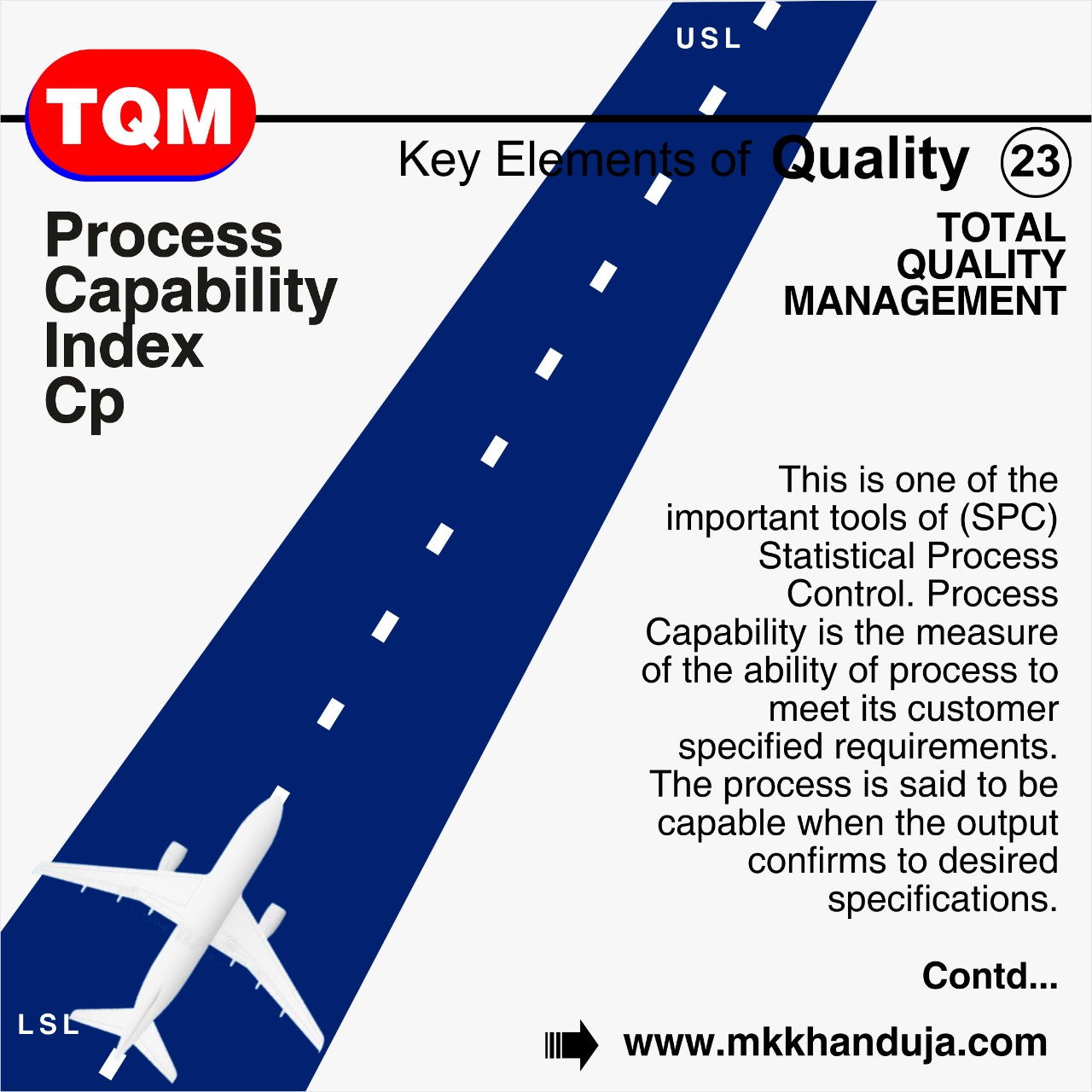
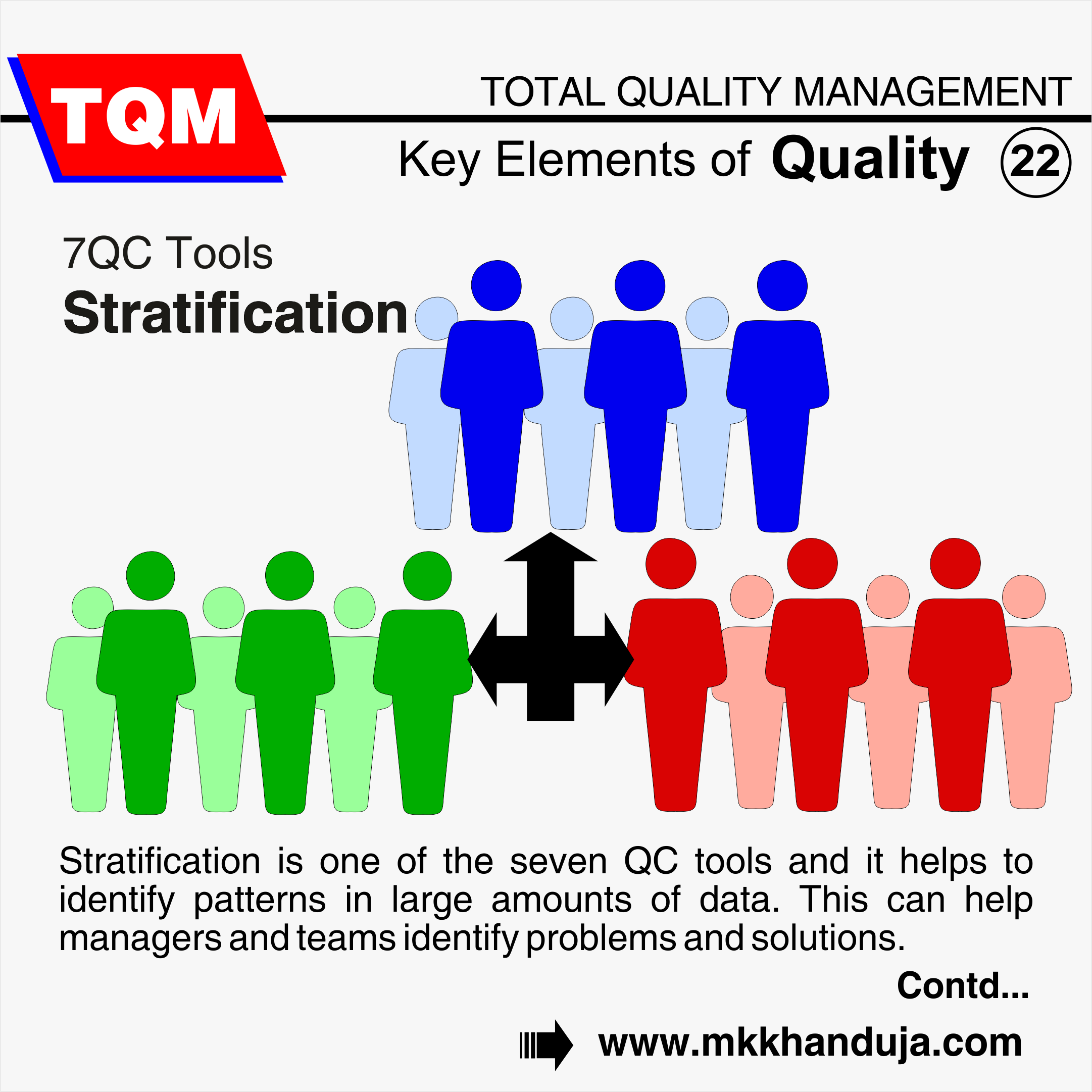
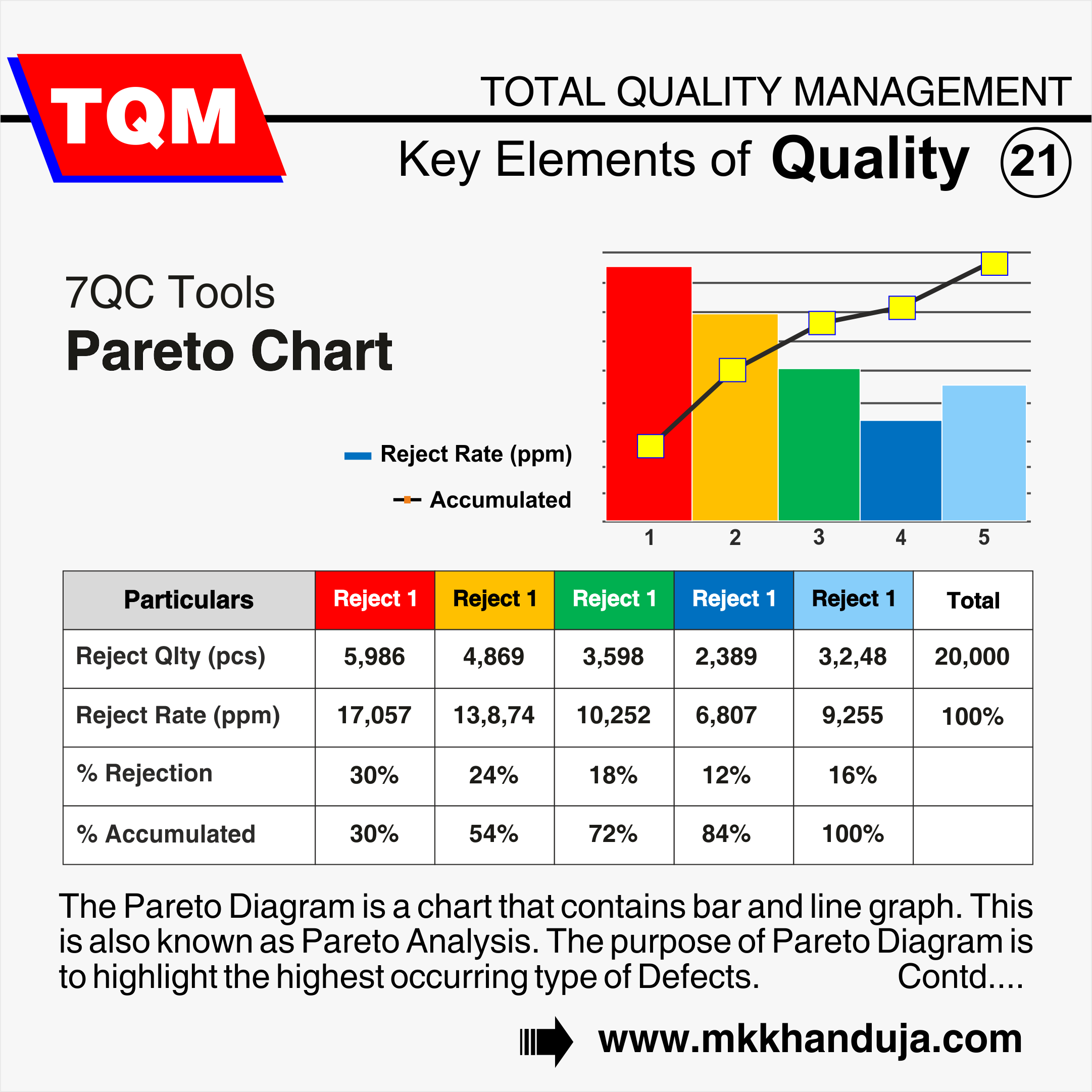
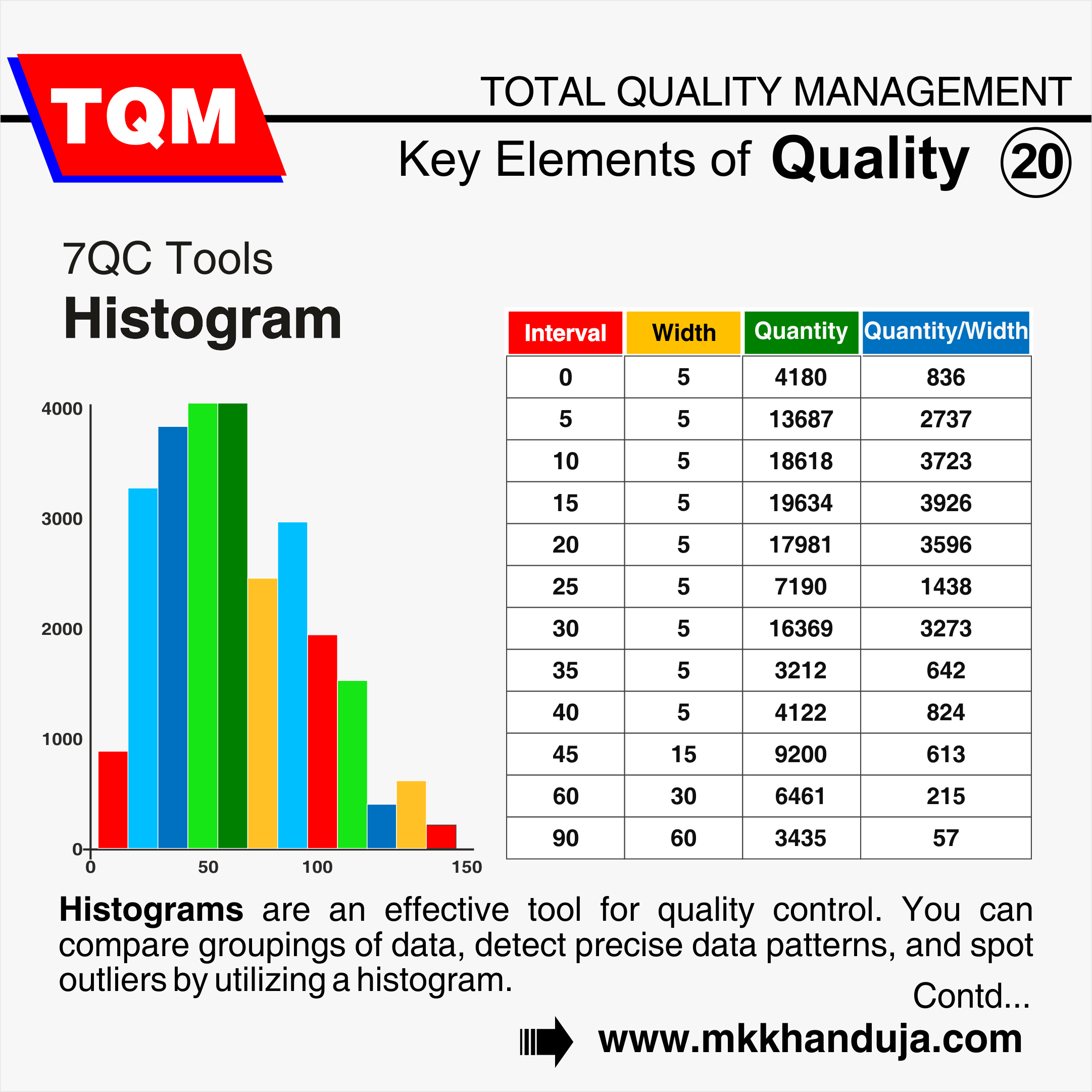
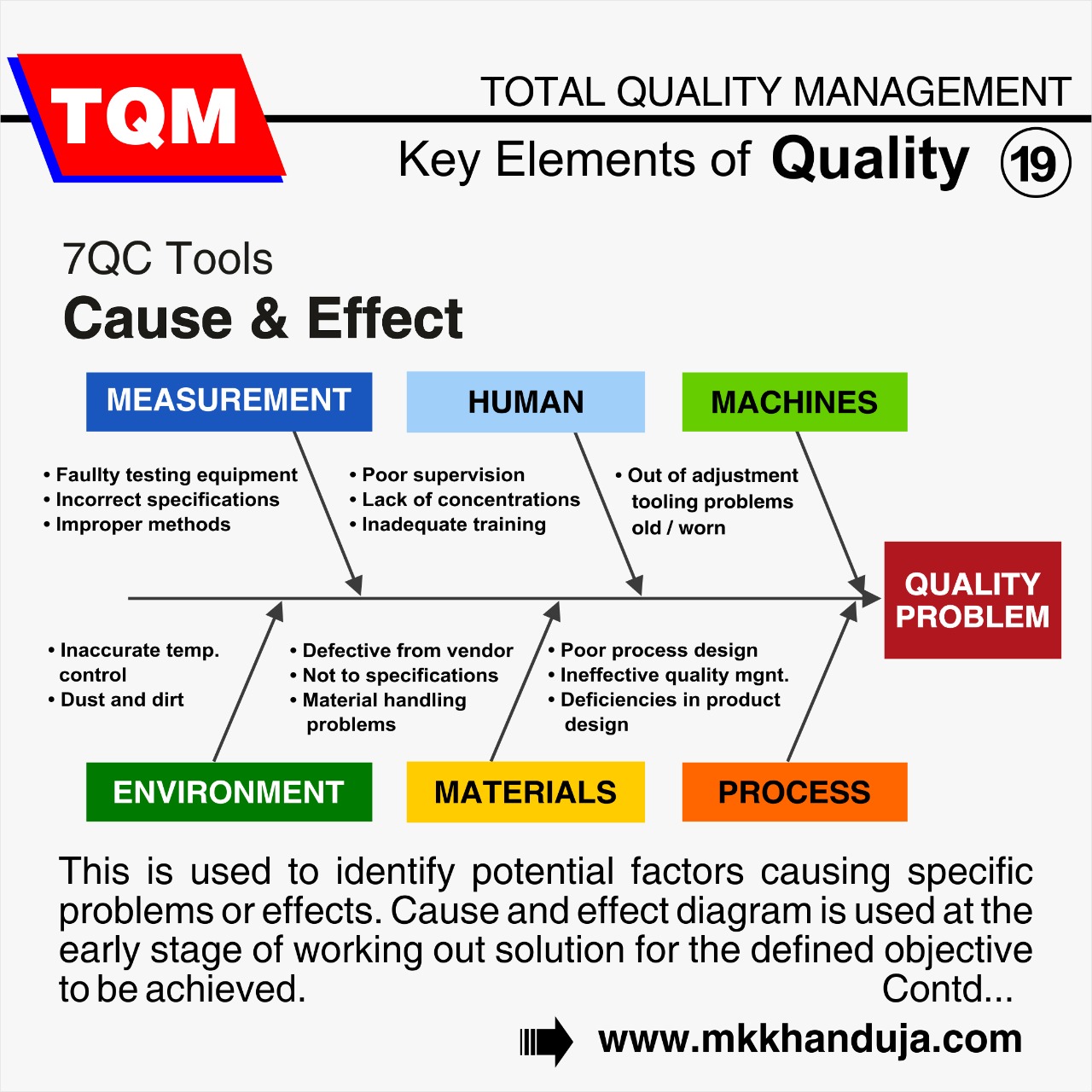
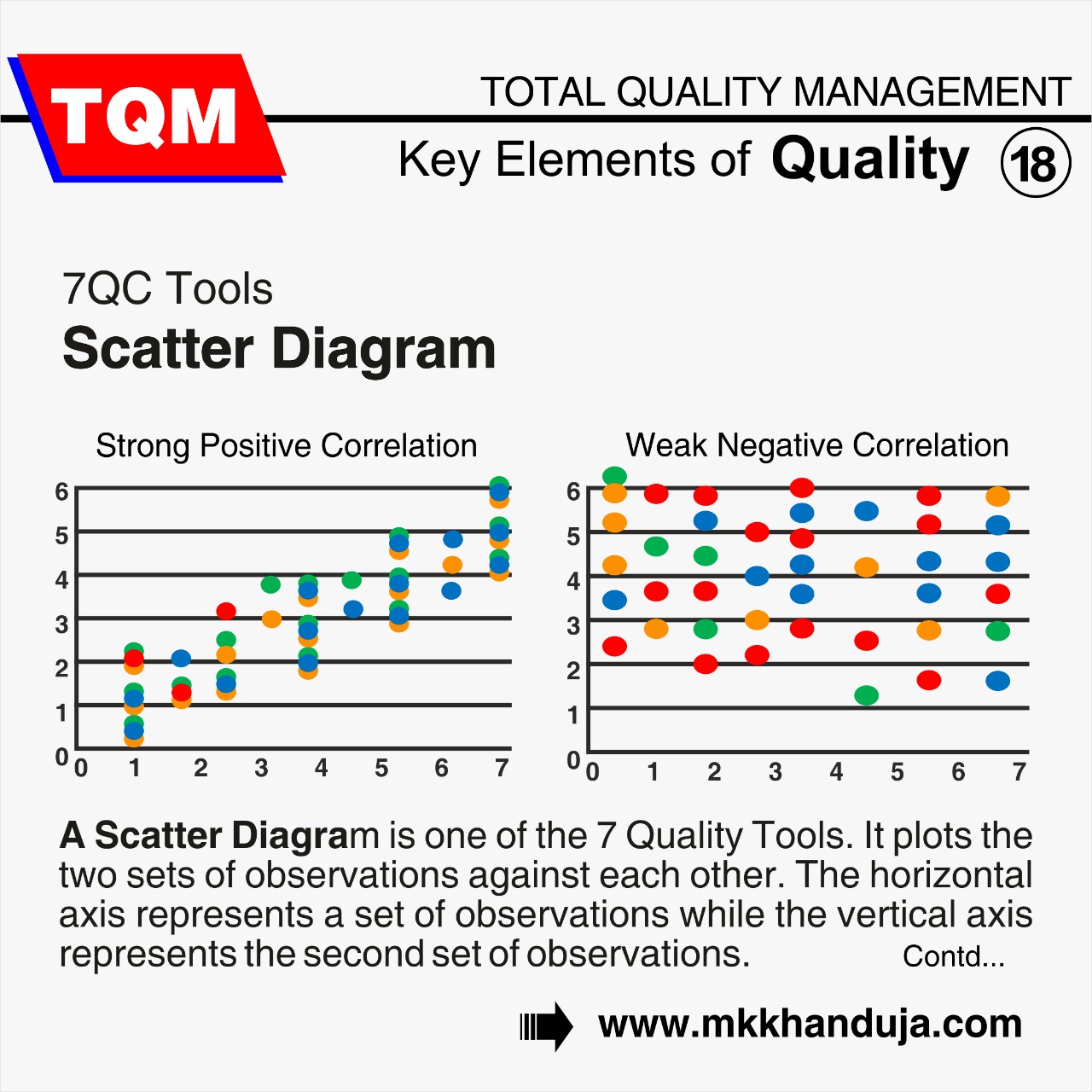
Comments